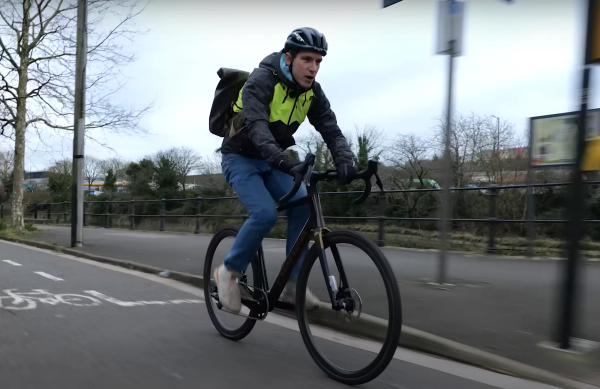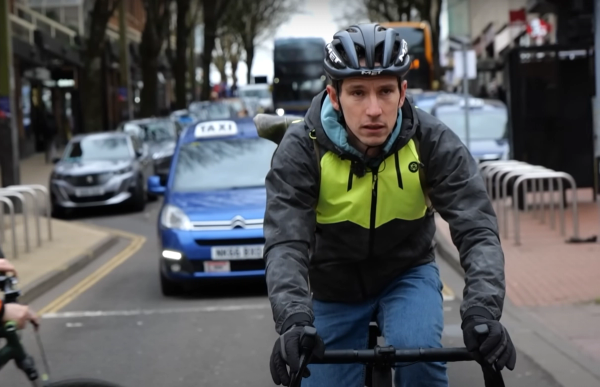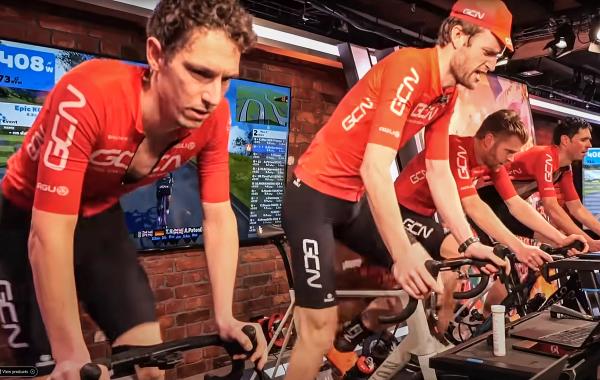Data-free training: How to get by without the numbers
There's an array of expensive tech that can provide insights on every aspect of your riding, but you can still have fun and improve by riding on 'feel' alone
Alex Hunt
Junior Tech Writer
In modern cycling, data is almost all-encompassing. There's a vast array of tech that can provide hugely-detailed insights into every aspect of our performance, from power and heart rate figures right down to real-time hydration and blood sugar levels.
But are we becoming too obsessed with the numbers, and are they really all that important?
It wasn’t that long ago that scientific training metrics were rarely used, even amongst the pros, with functional and productive training more than possible with just a bike and the feeling from your legs.
Most modern training sessions use power, heart rate or a combination of the two to lay out the parameters of the sessions. Using these metrics is all well and good, but can add another barrier for those riders looking to take their training seriously who may not have access to the technology.
With that in mind, GCN's Conor Dunne sets out to share some tips about how you can improve your cycling, without becoming a slave to the numbers.
Working out your goals
Before starting your training, it’s worth writing down what you’re aiming to achieve. Being as specific as possible will allow you to create clear and defined plans to get there. These should have a real purpose and meaning to you rather than just trying to hit arbitrary times or speeds.
- Read more: How to make your own training plan
If you’re looking to increase your endurance and weekly ride volumes, there is no need for data other than the total duration of your rides. Spending more time in the saddle at comfortable intensities will naturally increase your endurance. It can even be a pleasant change for riders who normally love sifting through their data at the end of a ride to go data-free and simply reconnect with the joy of riding.
Keep a training diary
Even though you’re not tracking your rides to GPS accuracy and logging it online, keeping a log of your rides is a great way to track your activity, mileage and how you’re feeling.
A simple diary for some basic information like where you went, how far, how long it took and other noteworthy inclusions such as fuelling, mood, and weather will help give you a clear picture of how you are improving over time.
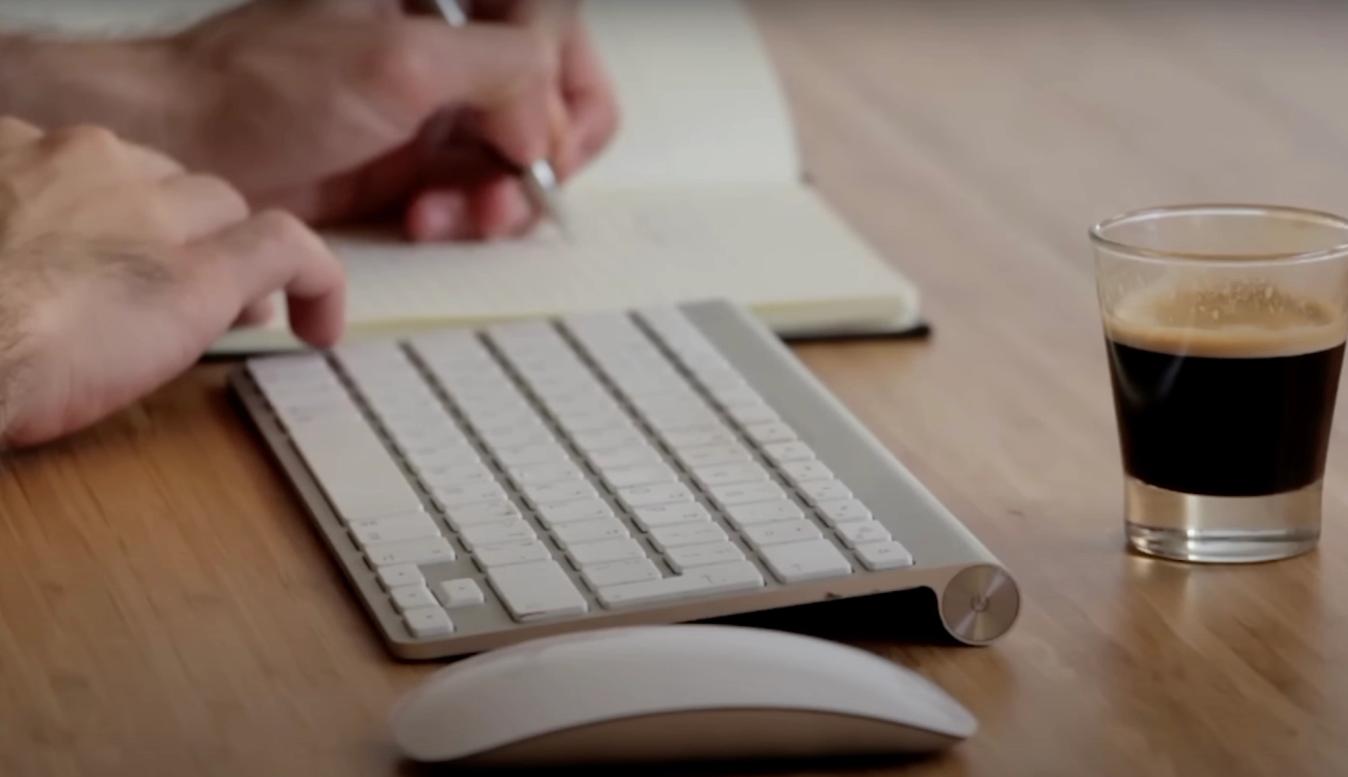
© GCN
Keeping a log of your riding can be a good way to track what works well for you
Training diaries are not just for use retrospectively; they can also be a great way of laying out your training for the coming weeks/months. Putting in a plan of how long you aim to ride, or where you aim to go can make getting out the door for each ride that little bit easier and allow you to plan increases in volume or intensity over a greater period.
Using longer efforts
Every good training plan should include harder efforts for prolonged periods of time, such as 20-30 minutes at a specific tempo or riding at threshold intensity which is what you can sustain for around an hour. Without any data, these can be difficult to pace but being able to pace on feel alone is a valuable skill in itself.
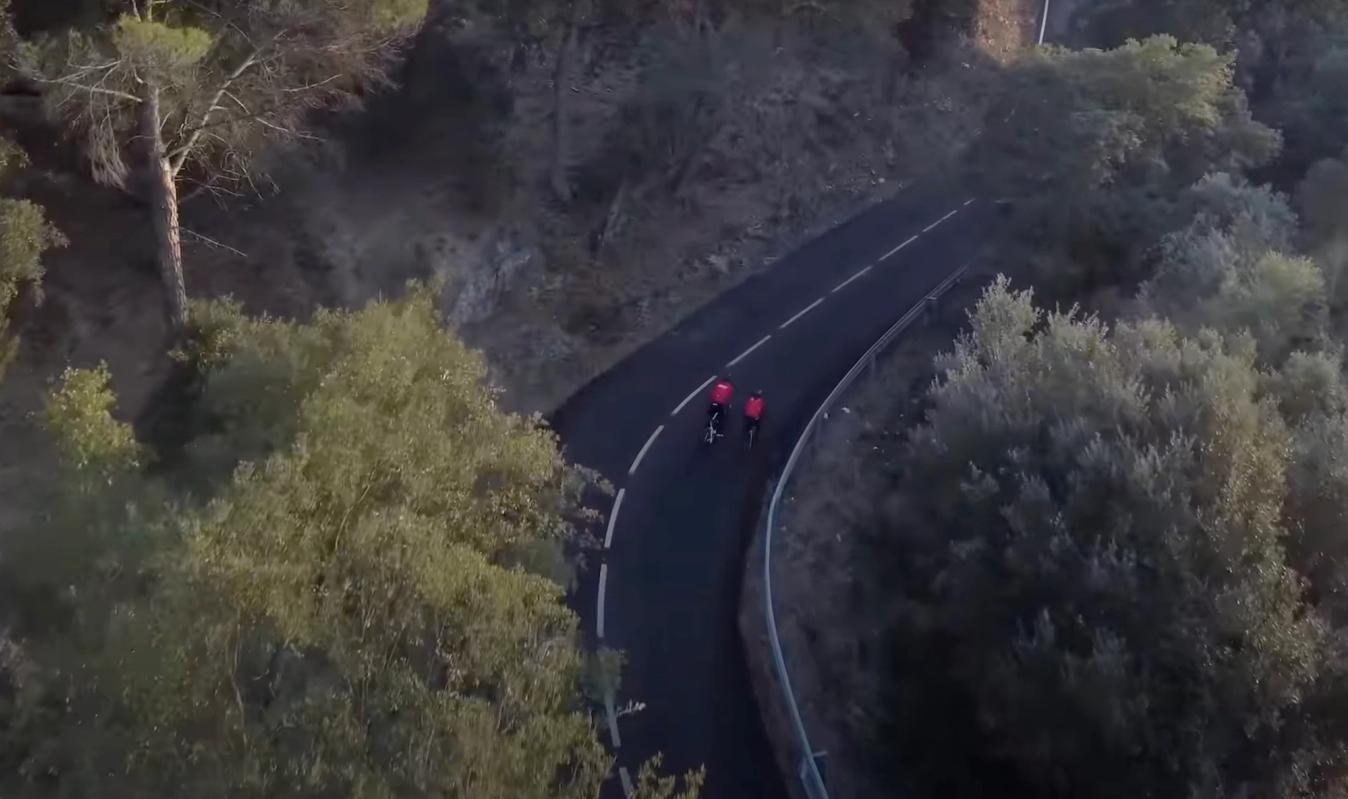
© GCN
If you have access to longer climbs they can be the natural training ground for harder sustained efforts
Using long climbs or false flats will allow you to keep the pressure on the pedals all the way through the interval. Aim to keep a relatively steady effort from start to finish although do not be afraid of going too hard or too easy.
This is all part of the learning process you get from data-free riding. Over time riding in this way will connect you more to how your body feels and responds to riding at different intensities.
Using shorter efforts
Shorter efforts are a great inclusion into data-free training as they rely far less on pacing to maximise their effectiveness. Intervals of between one and two minutes are ideal for this as they are short enough for you to go as hard as you can without pacing and see how long you can hold on.

© GCN
Shorter efforts can be great for training that top end power and fighting lactic acid
Another session that can be beneficial are up-and-overs – a series of short micro intervals that are bundled into a longer block. A typical up-and-over workout could be two or three 10-minute blocks of 30 seconds flat out followed by 30 seconds of easy spinning.
If you don’t have a timer at your disposal, counting pedal revolutions or going purely off feel will get you most of the way to timing the intervals.
Full gas sprinting
The ultimate data-free training session has to be full gas sprint efforts. In these 10-second or so efforts there is no time to look at the data and should always be completed at maximum effort.
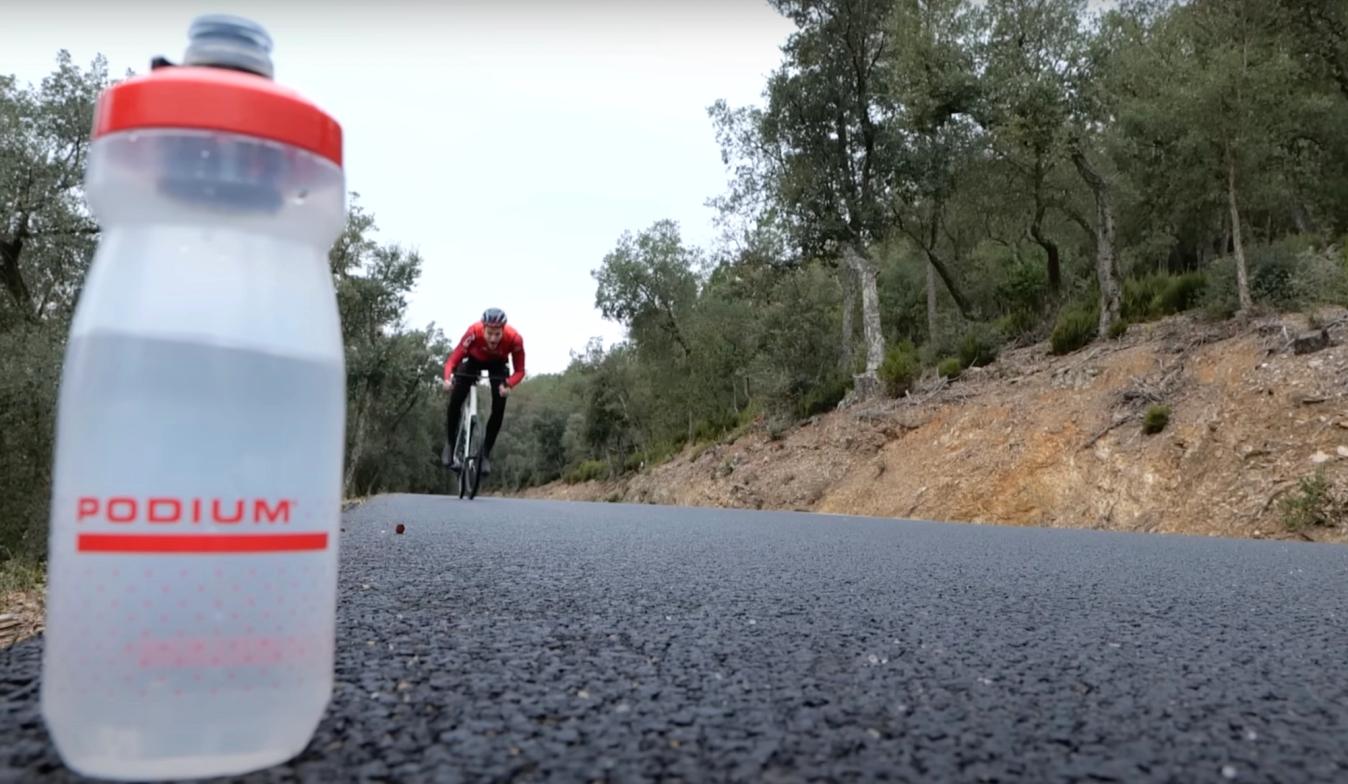
© GCN
Full gas sprinting requires no data, just maximal efforts
One way to set out a session like this is to find a quiet section of road and put two markers down on the edge of the road (like some water bottles) around 200 metres apart. From a rolling start, sprint as hard as you can between the two points with some easy recovery time between each sprint. To start off with, a session of 10 sprints will be enough but over time look to increase this to 15 or even 20 efforts.
Low cadence training
Deliberately riding at a low cadence of around 60 rpm will change how you have to generate power. Low cadences rely on high torque pedal revolutions that put greater strain on the muscular system than the cardiovascular system.
This type of training is great for building muscular endurance as well as overall leg strength. To begin with, a few 10-minute blocks of low-cadence riding will be sufficient to see some measurable gains, however over time look to extend the duration of these efforts up to around 20 minutes.
Test yourself regularly
When riding without data it can be hard to track your progress day by day and week by week. Using sections of the road to test yourself is the best way to track your progress and allow for direct comparisons. Having a selection of roads to use is beneficial for testing different intensities and durations, such as a punchy one to two-minute climb, a five-minute climb and a stretch of road that is uninterrupted for around 20 minutes.
- Read more: Should we all be doing ramp FTP tests?
Heading out with a stopwatch and something to record the result on is all you need for this session. Making a log of the weather and if possible the wind direction will make comparing your efforts easier retrospectively.
Are you ready for data-free training?
Data-free riding can be a liberating experience for riders who are usually slaves to chasing numbers on their head units. Spending time training on just ‘feeling’ is really beneficial to pacing your efforts and understanding your body's capability.
Just because you don’t have any numbers to prove the intensity of your session doesn’t mean that they aren’t just as beneficial. The main thing with any form of training is to focus on consistency and gradually increase the training load both in relation to the intensity and the duration.
How do you like to train? Do you like to collect all the training metrics possible or do you prefer to just ride off ‘feel’? Let us know in the comments and for more training ideas don’t forget to head over to our dedicated training area.









